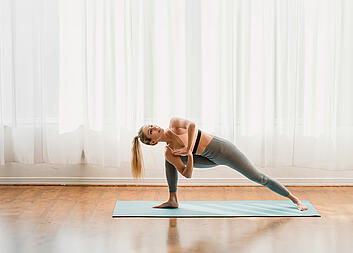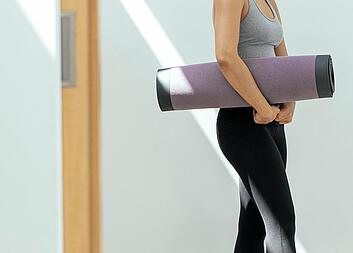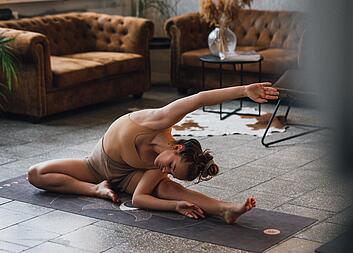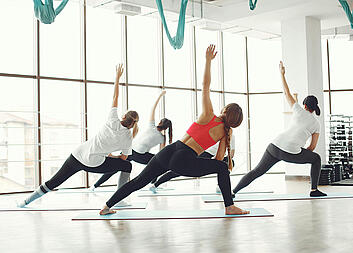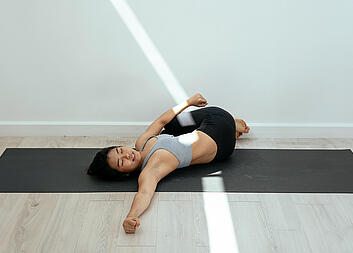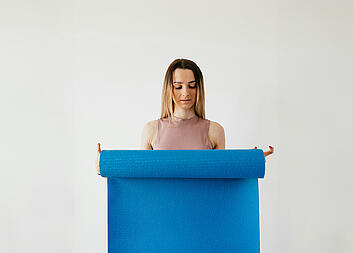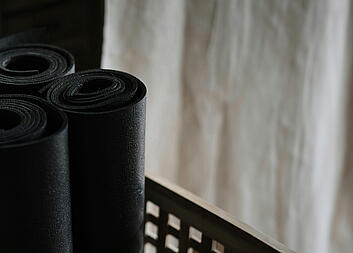We have collected the most important questions about Pilates for you and answer them in our FAQ.
Pilates- FAQ
We answer the most frequently asked questions about Pilates

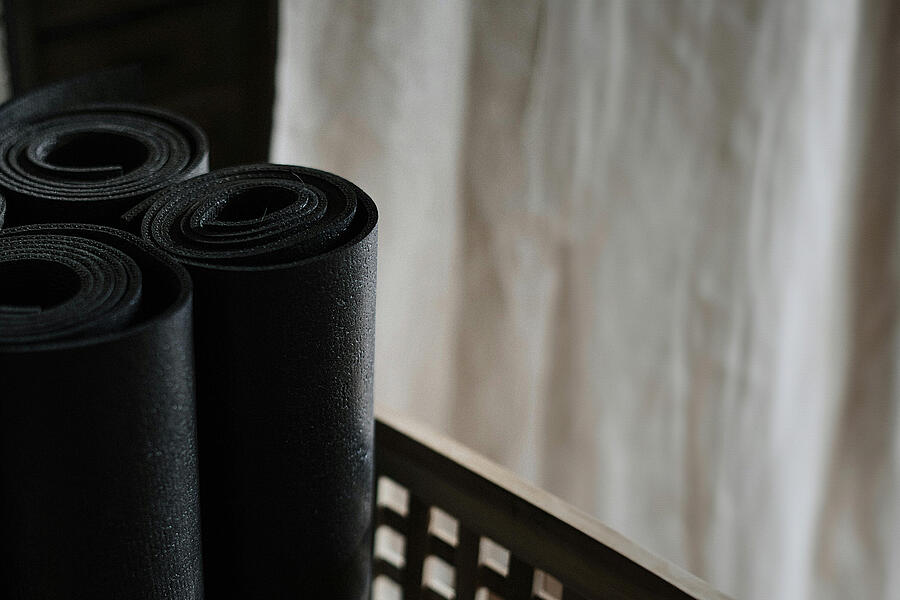
Answers to the most frequently asked questions about Pilates
Pilates offers a variety of benefits, including improving posture, increasing flexibility, strengthening muscles and reducing stress. It also helps with rehabilitation after injury and promotes general wellbeing by connecting body and mind.
Mat Pilates is performed on a mat without any additional equipment and mainly uses your own body weight for resistance. Reformer Pilates, on the other hand, uses a special device, the Pilates Reformer, which provides resistance through springs and enables a greater variety of exercises.
Yes, Pilates is suitable for people of all ages and fitness levels. It can be adapted to individual needs, making it ideal for beginners, advanced students, pregnant women, senior citizens and people with special health requirements.
All you need for mat Pilates is a non-slip mat and comfortable sportswear. Reformer Pilates requires a Pilates reformer, which is available in many fitness centres. Optionally, small equipment such as Pilates balls, resistance bands and blocks can also be used.
To achieve the best results, it is recommended to practise Pilates two to three times a week. Consistency is the key to realising the full benefits of Pilates, including improved muscle strength, flexibility and mental wellbeing.
Pilates offers a variety of benefits, including improving posture, increasing flexibility, strengthening muscles and reducing stress. It also helps with rehabilitation after injury and promotes general wellbeing by connecting body and mind.
What is the difference between Mat- and Reformer Pilates? //
Mat Pilates is performed on a mat without any additional equipment and mainly uses your own body weight for resistance. Reformer Pilates, on the other hand, uses a special device, the Pilates Reformer, which provides resistance through springs and enables a greater variety of exercises.
Is Pilates suitable for everybody? //
Yes, Pilates is suitable for people of all ages and fitness levels. It can be adapted to individual needs, making it ideal for beginners, advanced students, pregnant women, senior citizens and people with special health requirements.
What do I need for Pilates? //
All you need for mat Pilates is a non-slip mat and comfortable sportswear. Reformer Pilates requires a Pilates reformer, which is available in many fitness centres. Optionally, small equipment such as Pilates balls, resistance bands and blocks can also be used.
How often should I do Pilates? //
To achieve the best results, it is recommended to practise Pilates two to three times a week. Consistency is the key to realising the full benefits of Pilates, including improved muscle strength, flexibility and mental wellbeing.
More on Pilates
